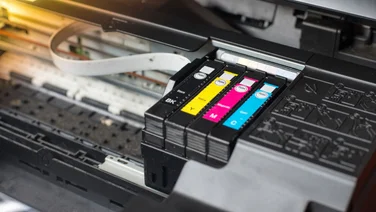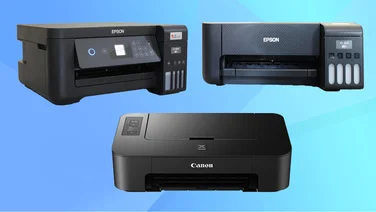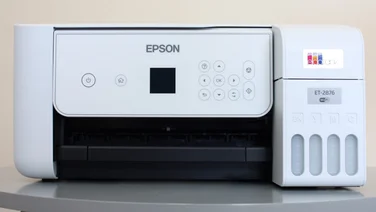To help us provide you with free impartial advice, we may earn a commission if you buy through links on our site. Learn more

Sony is taking no chances with its consumer SLR range, with seven models from £350 to £800 ensuring there’s something for everyone. The A550 is one of three new models that use CMOS rather than CCD sensors. Sony is the last SLR manufacturer to switch to CMOS technology, and we were interested to see if the A550 could turn around the Alpha range’s poor track record for noise levels. There are some impressive features including in-body stabilisation, superb battery life and a high-resolution 3in screen that tilts up and down by 90 degrees. It also supports live view via a secondary sensor to deliver unusually fast autofocus. In previous Sony SLRs, the downside has been that this low-resolution live view sensor’s image can’t be magnified to fine-tune the focus manually. This time, a button switches from the live view sensor to the main sensor, disabling autofocus but allowing up to 14x magnification. Combined with the superb screen, this is the best live view mode we have seen on an SLR. Continuous mode ran at 7fps – far quicker than anything else at this price. It’s also faster than any SDHC card; performance dropped to 3.7fps after 17 shots, or to 1.1fps after 13 shots in RAW mode. Alternative continuous modes ran at 4.5fps and 3fps, and continued to adjust the focus and exposure for each frame. The camera was quick in general use, thanks in part to a proximity sensor that triggers the autofocus as soon as the camera is held up to the eye. At 809g with its 18-55mm lens, it’s more substantial than Sony’s entry-level SLRs. Thankfully, it’s far more comfortable to use too. There’s a smattering of single-use buttons for quick access to ISO speed, drive mode and dynamic range settings. White balance and autofocus options are less accessible, though, and some features, such as depth-of-field preview, are noticeably absent. For noise reduction, there’s a choice of Normal or High, which is better described as high or really high. The Auto ISO range can’t be customised, and there’s nothing like the operational flexibility offered by competing models. We really like the HDR mode, which combines two exposures to produce a high dynamic range shot. However, the lack of video capture is disappointing. Our image quality tests revealed little sign of noise at ISO 1600 and acceptable results at ISO 3200. However, this made it particularly frustrating that noise reduction couldn’t be reduced except by shooting in RAW mode. We also found that the JPEG engine struggled to cope with dense textures such as foliage. Its automatic white balance was surprisingly variable, even in overcast sunlight – hardly a taxing environment. Image quality was never unsatisfactory, but at this price, we expect better.
The A550 has some impressive strengths, but its JPEG output isn’t one of them. The slightly cheaper Pentax K-x isn’t as glamorous, but it shoots 720p video and has a clear edge in image quality.





